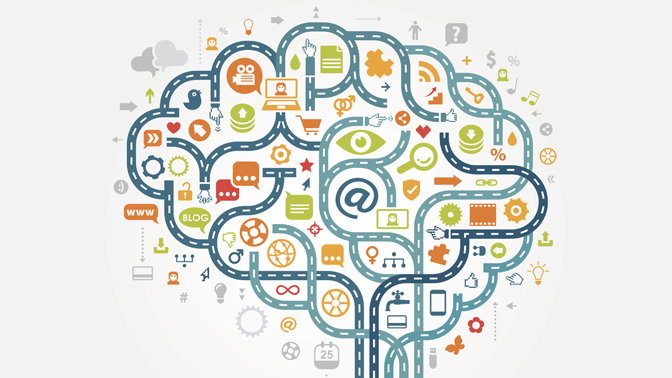
Despite being hampered by painful injuries, many athletes continue to compete and win. For example, Toronto Maple Leafs Defenseman Bobby Baun played several playoff games with a broken ankle and helped his team win the Stanley Cup in 1964.
Why is it that some individuals can perform a task—and do it well—while experiencing pain?
Krembil Senior Scientist Dr. Karen Davis has shown that individuals can be classified as one of two types depending on how pain affects their performance. In P-type individuals, pain interferes with performing a task; whereas, in A-type individuals, such as Bobby Baun, pain enhances their performance.
To gain a better understanding of this divergent behaviour during pain and the factors that contribute to it, Dr. Davis and her PhD student Joshua Cheng led a study examining brain function in these two groups.
The study included 51 healthy participants who were asked to perform a challenging mental task (ie, counting the number of digits within three boxes on screen and reporting which box has the largest number of digits) as quickly and accurately as possible. All participants performed the task 96 times, half of which with the application of a painful electrical sensation on their skin and the other half without. They also underwent a functional Magnetic Resonance Imaging (fMRI) scan to record their spontaneous brain activity at rest (ie, when not performing the task).
The researchers found that pain reduced the speed and consistency of task performance in P-type individuals; whereas it enhanced the speed and consistency of performance in A-type individuals. By examining the fMRI scans, they also found that task performance was linked to participants’ brain activity at rest. Specifically, activity between two major brain networks, the executive control network and the salience network, as well as within the salience network, was less sporadic (ie, less flexible) in P-type individuals. On the other hand, activity between/within these brain networks was more sporadic (ie, more flexible) in A-type individuals.
These findings suggest that increased flexibility in communication within the brain is important for prioritizing task performance over pain. Future research will examine how treatments for chronic pain—medications, meditation and cognitive-behavioural therapy—affect flexibility in communication within the brain, which may contribute to more personalized treatments for chronic pain.
This work was supported by the Canadian Institutes of Health Research, the Ontario government, the University of Toronto and the Toronto General & Western Hospital Foundation.
Cheng JC, Bosma RL, Hemington KS, Kucyi A, Lindquist MA, Davis KD. Slow-5 dynamic functional connectivity reflects the capacity to sustain cognitive performance during pain. Neuroimage. 2017 Jun 3. doi: 10.1016/j.neuroimage.2017.06.005.




